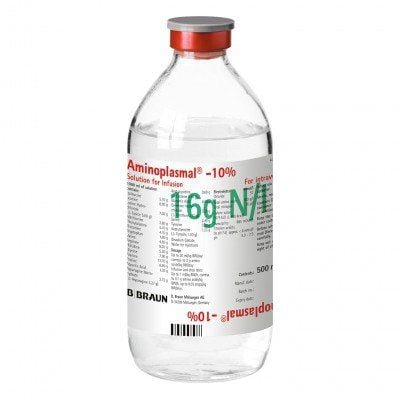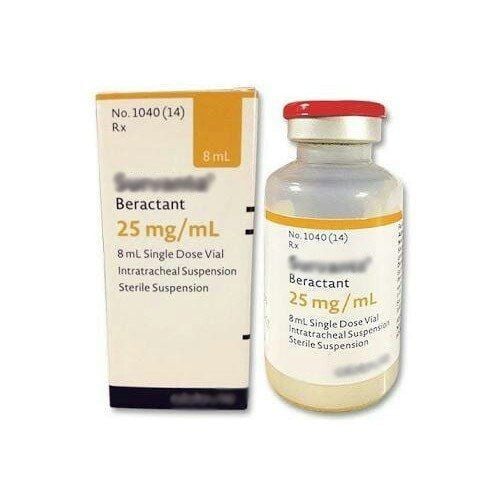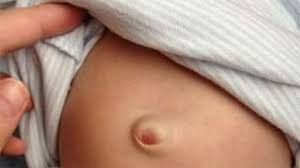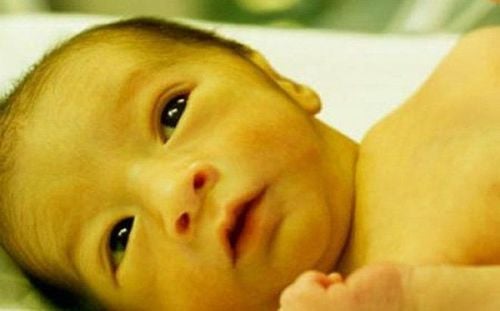This is an automatically translated article.
The article was professionally consulted by Specialist Doctor II Cao Thi Thanh - Pediatrician - Department of Pediatrics - Neonatology - Vinmec Hai Phong International General Hospital.Tube feeding is a necessity for young children who cannot eat by mouth but need nutritional support thanks to a catheter to bring food down to the stomach...
1. Cases that need to be fed through a sonde
nasogastric tube feeding is used for infants who are unable to eat normally. In addition to the skin, feeding through a tube is also indicated for a number of other cases, including:Children in a coma Children with trauma or congenital malformations of the oropharynx The child's digestive system is normal but unable to suckle, inadequate sucking or sucking easily choking Child refuses to eat, eats too little, cannot gain weight Preterm birth < 32 weeks or premature birth > 32 weeks + weak sucking and swallowing Severe respiratory failure: breathing through endotracheal tube, respiratory rate > 75 l/p, severe chest indrawing, severe apnea Inability to suck or swallow or easily choke when sucking and swallowing: Encephalopathy: due to asphyxia, cerebral hemorrhage, nuclear jaundice, meningitis Neuropathy muscle, hypothyroidism Abnormalities of the face or throat: Cleft lip, cleft palate, posterior nasal obstruction, large tongue. Inability to suckle or swallow reflex Disorders of electrolyte balance and elimination Contraindicated to nasogastric tube feeding in cases of:
In shock, unstable respiratory failure with breathing assistance or CPAP Convulsions not controlled by medication During the first 6 hours after a blood exchange Necrotizing enterocolitis in the early stages of the neonate Congenital malformations of the gastrointestinal tract
2. The process of placing a nasogastric tube for children
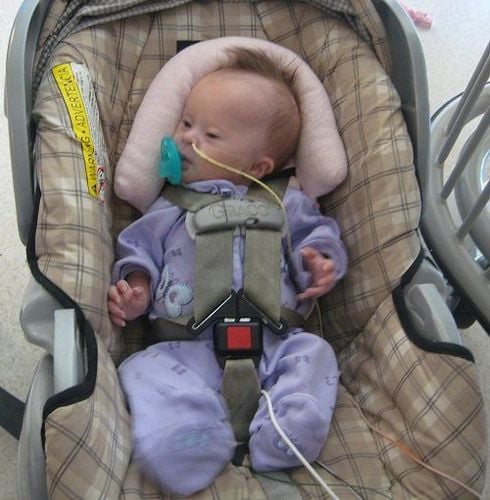
With respect to tube placement, there is no technique to verify correct and safe tube placement by abdominal and chest radiography. The nurse will prepare the instrument and place it on a clean tray, wash your hands and put on gloves before carrying out the procedure of inserting the tube into the child's stomach. Newborns can secure them by wrapping them in a blanket and laying them on their right side. If the tube is coming from the nostril, check and clean the nostril. Check the tube is not deformed or cracked, if there is a problem, replace it with another tube, measure the length of the tube to suit the child's body. Bend the head slightly and gently push the tube into the nostril or mouth through the nasopharynx and stop until the required length is reached. If the child has abnormal symptoms, immediately remove the tube, wait for the child to stabilize, and then start again. Note, preserve the tube with a medical bandage to avoid infection during the procedure.
3. The risks of feeding infants through a tube
The technique of feeding infants through a nasogastric tube is rarely dangerous. However, it can be uncomfortable and inconvenient for young children. Some undesirable effects may be experienced:Mild nosebleeds Nasal congestion Rhinitis Sometimes the catheter is misplaced or changed during feeding, warning signs include :
Slow heart rate Slow breathing, difficulty breathing Vomiting
4. Notes when feeding babies through a nasogastric tube
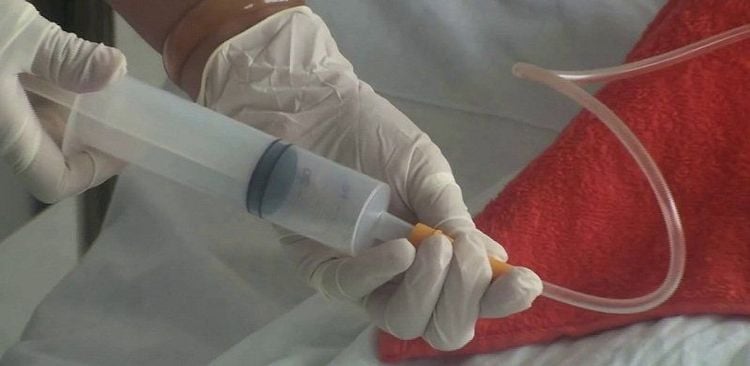
Doctor Thanh has worked for 25 years in the treatment of neonatal pediatric diseases, of which 23 years worked at the neonatal department of Hai Phong Obstetrics and Gynecology Hospital (with experience in neonatal resuscitation in the operating room/room). giving birth + taking care of late premature babies (34 weeks - 37 weeks), 02 years working at Hai Phong Children's Hospital Requesting Clinic.Dr. Thanh is currently working in Pediatrics - Neonatology Department of International General Hospital Vinmec Hai Phong
Please dial HOTLINE for more information or register for an appointment HERE. Download MyVinmec app to make appointments faster and to manage your bookings easily.





